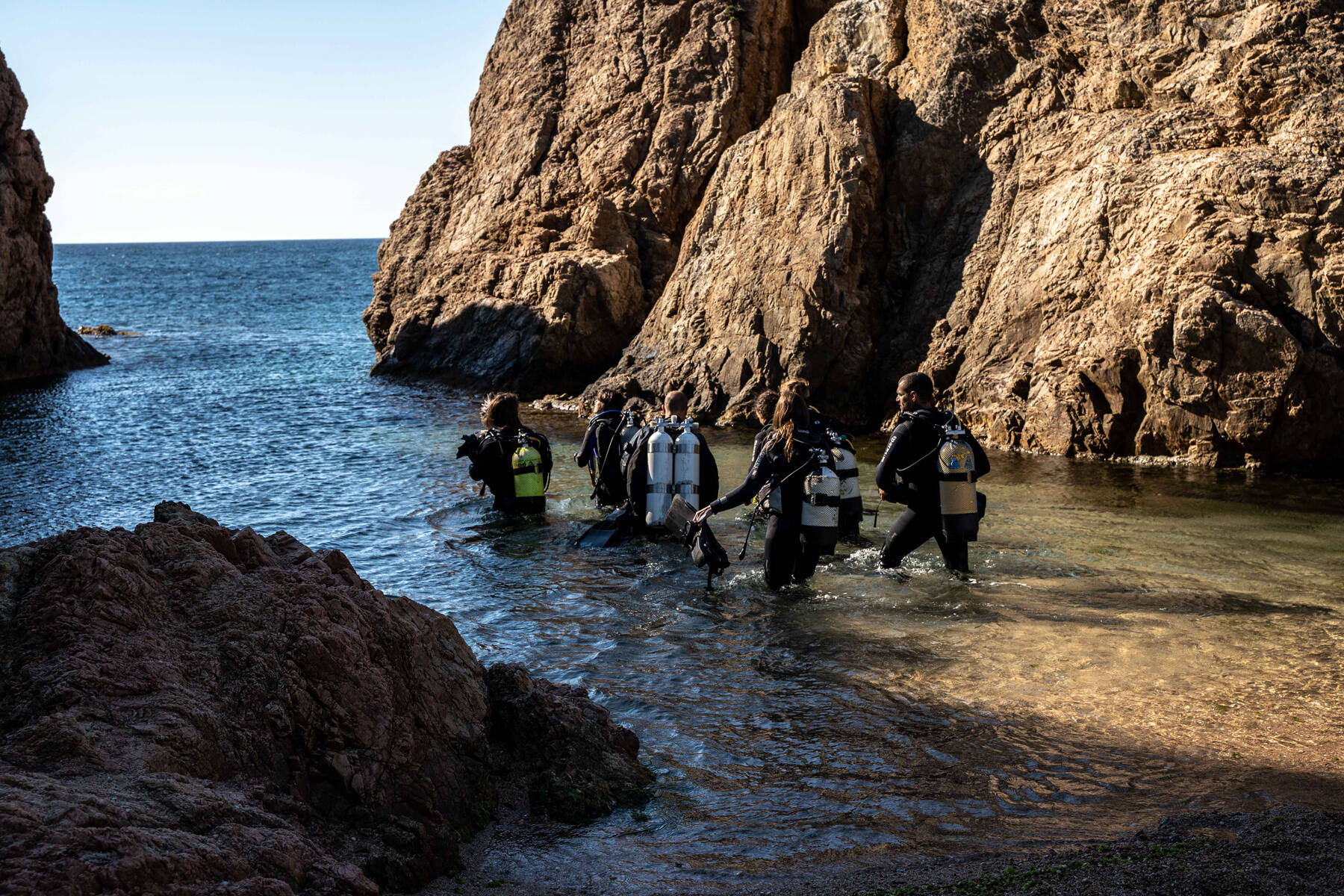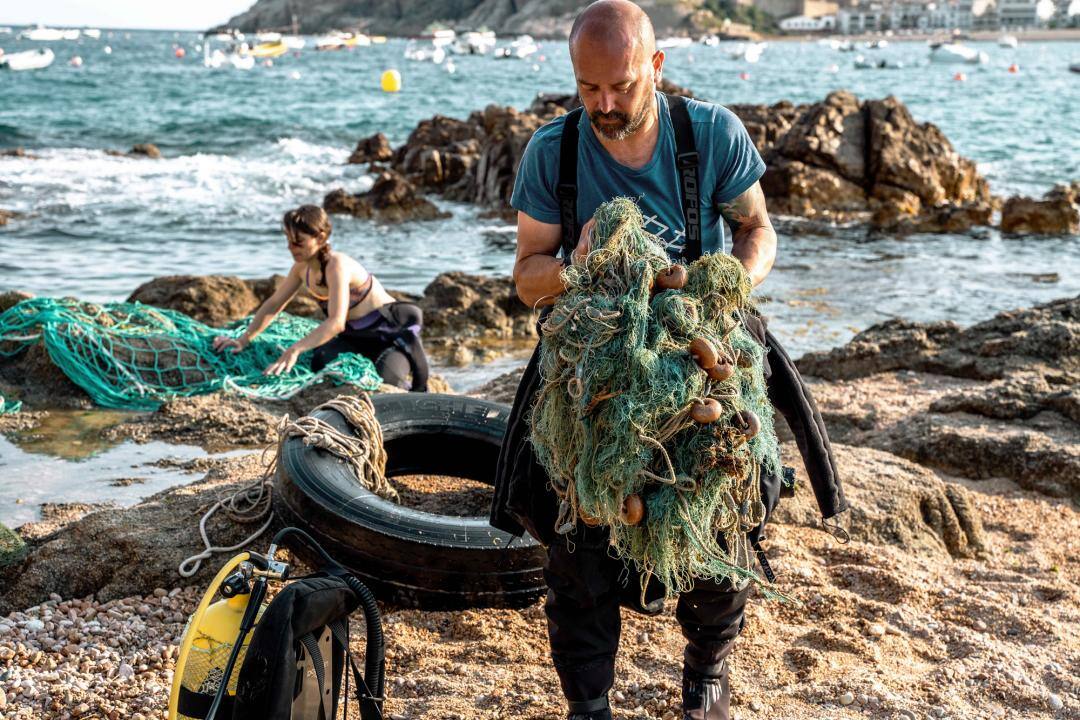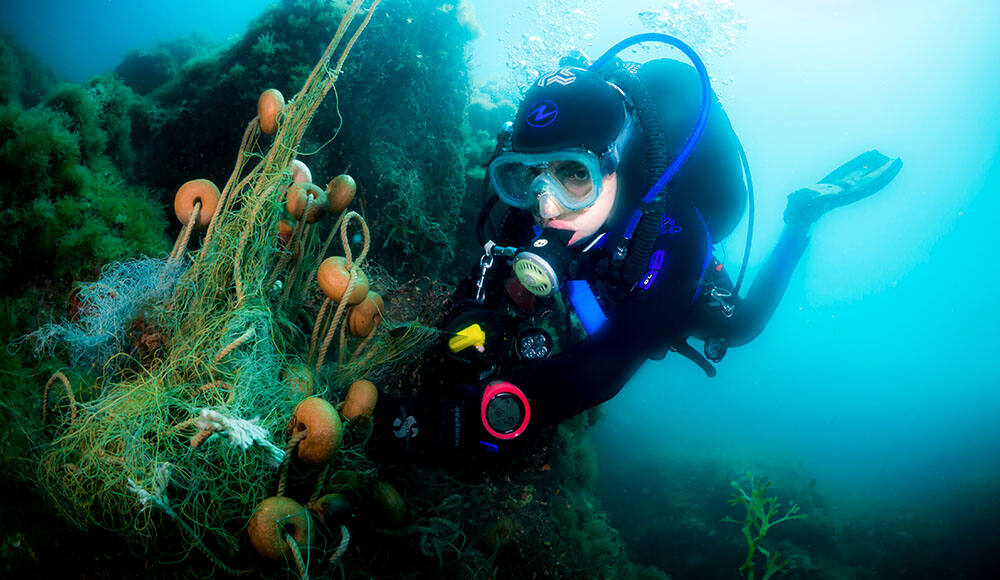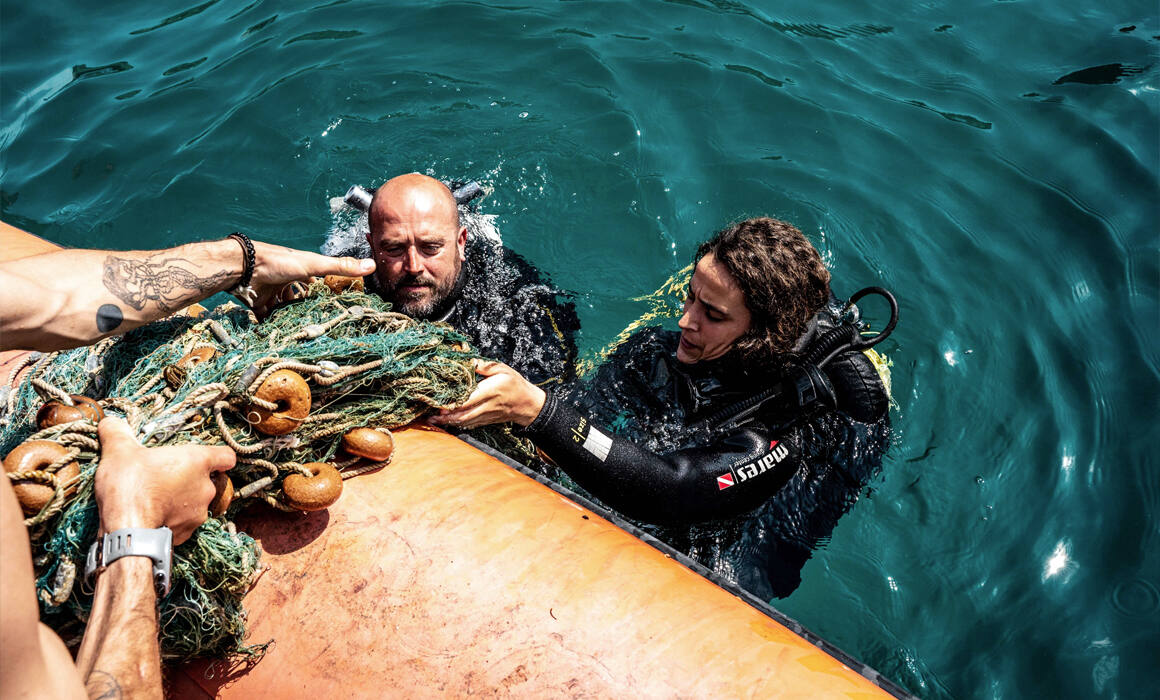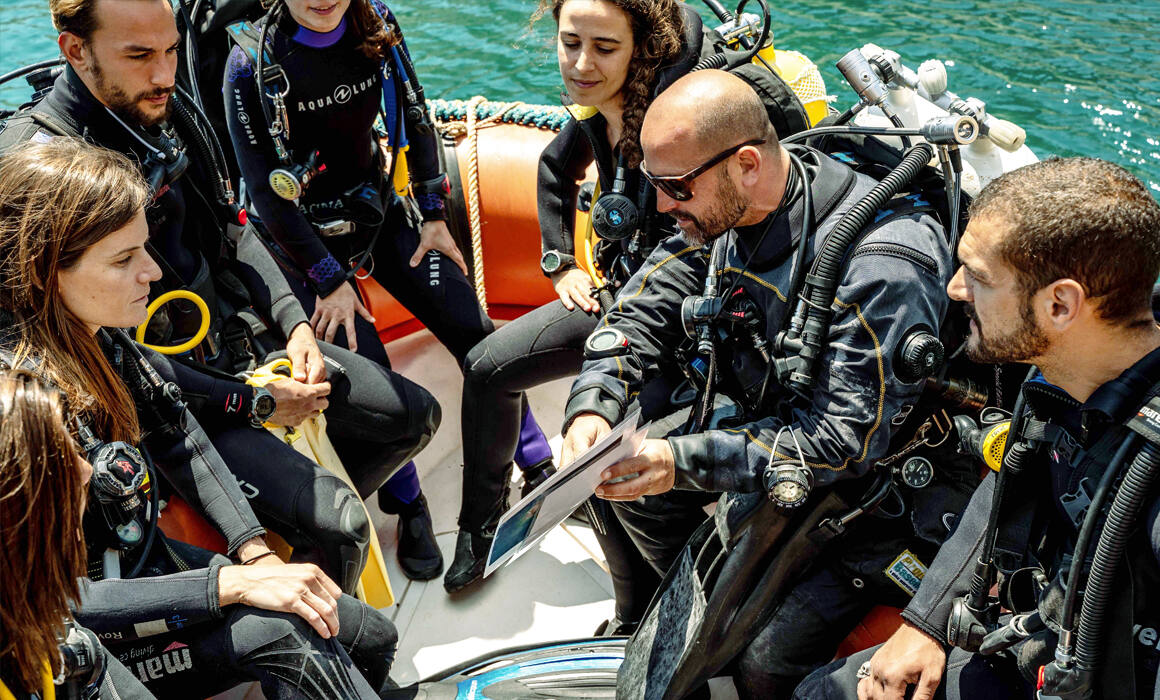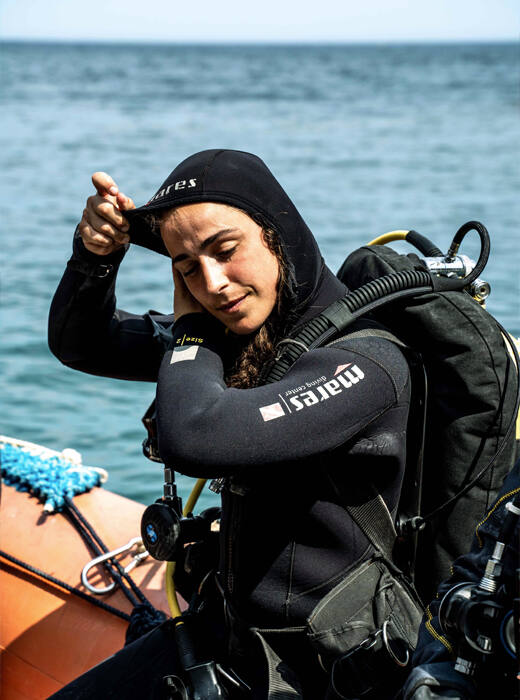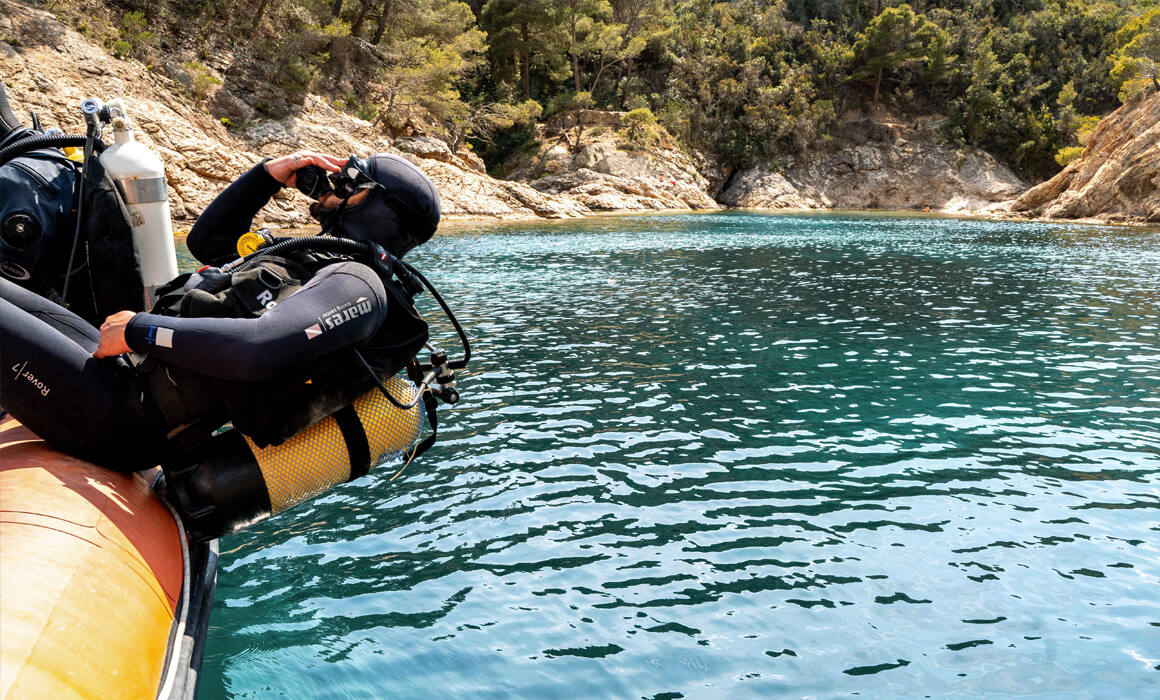In the spring of 2014, Raúl Álvarez had not yet opened his diving centre in Costa Brava. He went to Tossa de Mar for a dive where he intended to take underwater photographs in a rocky area around Isla de Sa Bauma. A place well-known to divers due to the large fishing net that lay on the sea floor. After several shots, Raúl manged to capture the moment in which a fish, still alive, moved inside the net. “The photo was beautiful”, recalls Raúl.
Choose your country or region
- Europe
- Spain
- Catalonia
- Portugal
- United Kingdom
- International Version
Ghost Nets
TOSSA DE MAR, GIRONA
Raúl Álvarez, President of Ghost Diving Costa Brava
However, upon further inspection, he realised that his beautiful photograph was set against a rather sinister backdrop: a graveyard. This moment was key for Raúl Álvarez to decide to lead the Ghost Diving Costa Brava project, which has now been fighting against ghost nets in the Mediterranean for five years. Raúl has been asking himself the same question since that spring: “If I’m seeing a net, why not remove it myself?”.
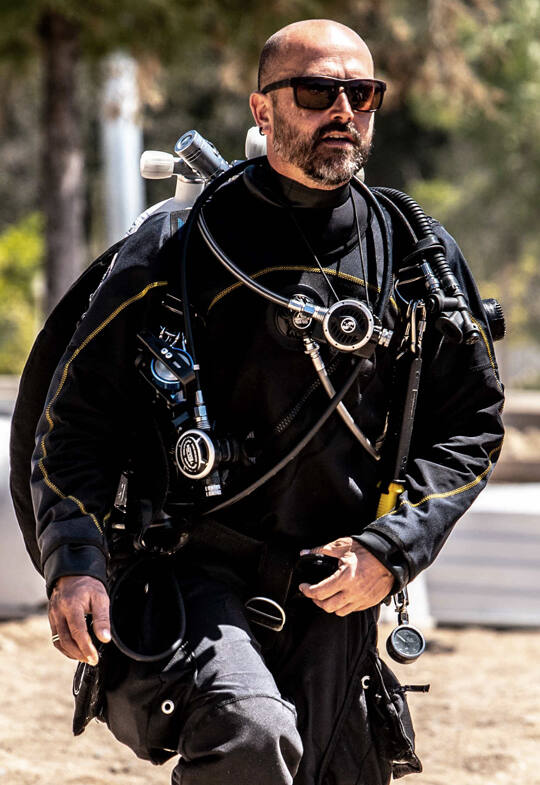
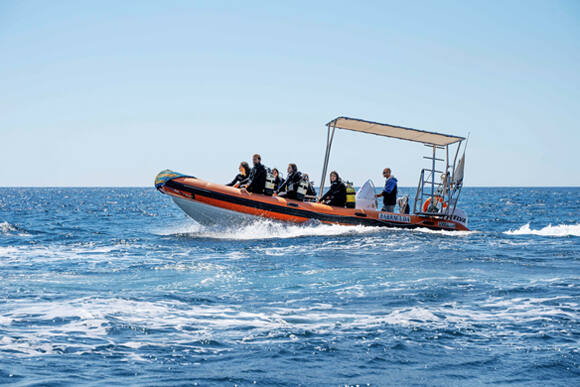
CONSTANT THREAT
Turtles, dolphins, whales and all kinds of animals moving around the surface of the Mediterranean might get trapped inside ghost nets, thus getting exposed to predators who usually also get trapped while eating. “It’s a constant death cycle”, warns Raúl Álvarez, who also highlights the killing power of these nets once they are lying on the sea floor. “They keep degrading until they become microplastics that make their way into the food chain and which, sooner or later, end up in our food.”
NON-BIODEGRADABLE
The main culprit of the ghost nets problem is the nylon threat they are made of. This material is also highly damaging for the environment, as its degradation is slow and it ends up breaking up into microplasics. “We should be using an innovative and affordable material with a much quicker degradation rate than the 500 years it takes nylon thread to degrade.”
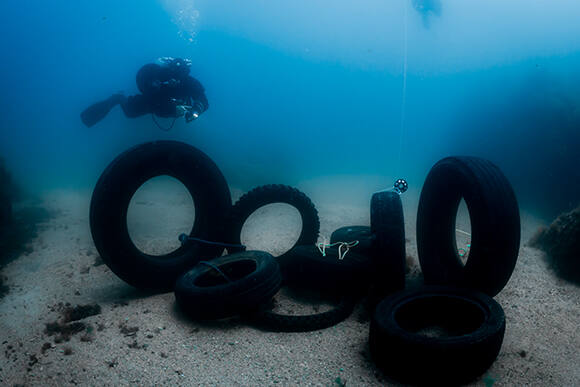
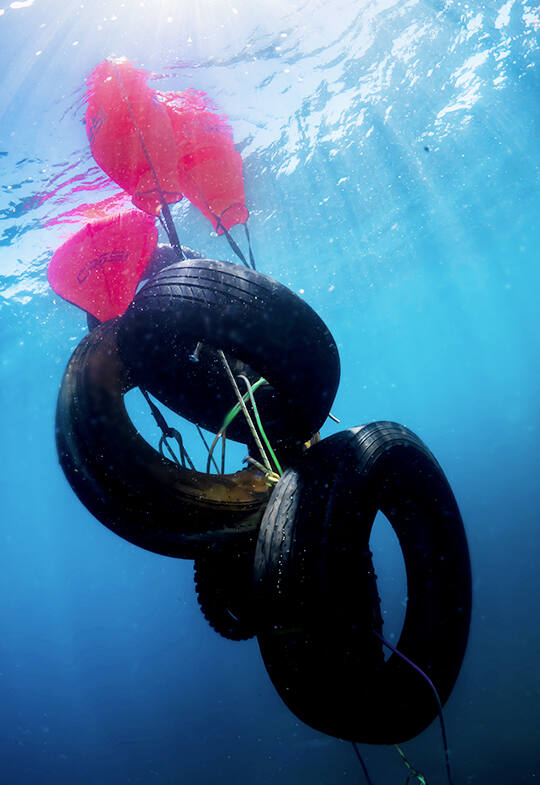
ESSENTIAL COLLABORATORS
“There is an increasing number of fishermen who are interested in collaborating in the project,” says Raúl, who insists on the importance of their cooperation so that Ghost Diving Costa Brava can continue to extract ghost nets: “It is the fishermen who inform us of the locations where they have lost their nets. To us, it would be extremely difficult to locate the nets without their help.” This is why Ghost Diving Costa Brava is focused on finding solutions rather than on pointing fingers: “We mustn’t blame the fishermen, because a lost net means lost money to them. The only one to blame here is the net’s material.”
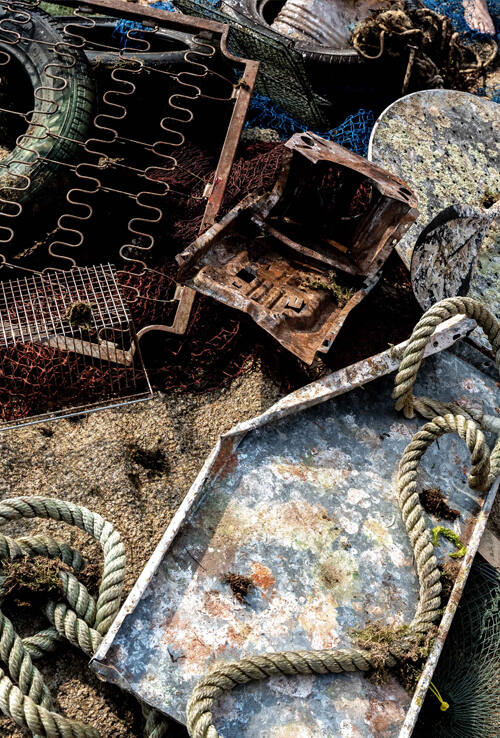
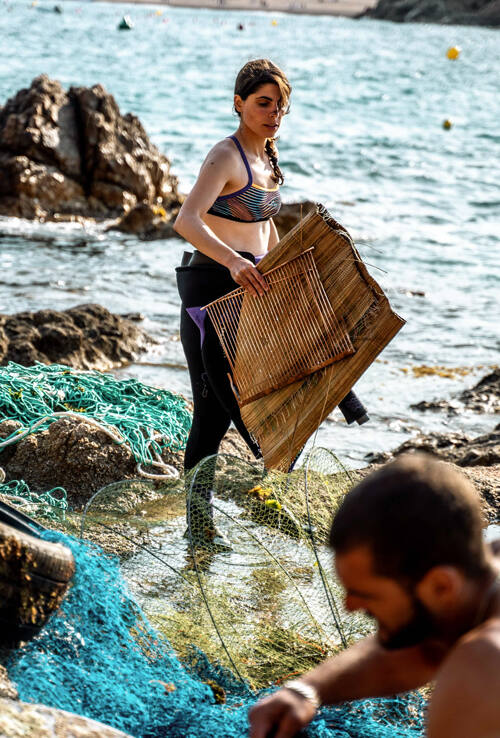
A MATTER OF RESPONSIBILITY
Respect and love for the sea environment are two fundamental values of the sustainable diving promoted by Ghost Diving Costa Brava. “The aim is to avoid becoming underwater tourists,” says Raúl Álvarez. The project carries out several dives a year in which each diver extracts from 150 to 200 kg worth of nets. Citizen collaboration keeps increasing with each extraction, and it is crucial to the project. It is proof of the increased social awareness existing today, a hopeful Raúl Álvarez says: “there are reasons to be optimistic, because it is becoming less difficult to explain this problem. If people are aware of the damage caused by ghost nets, they will want to fight it in every possible way.”
